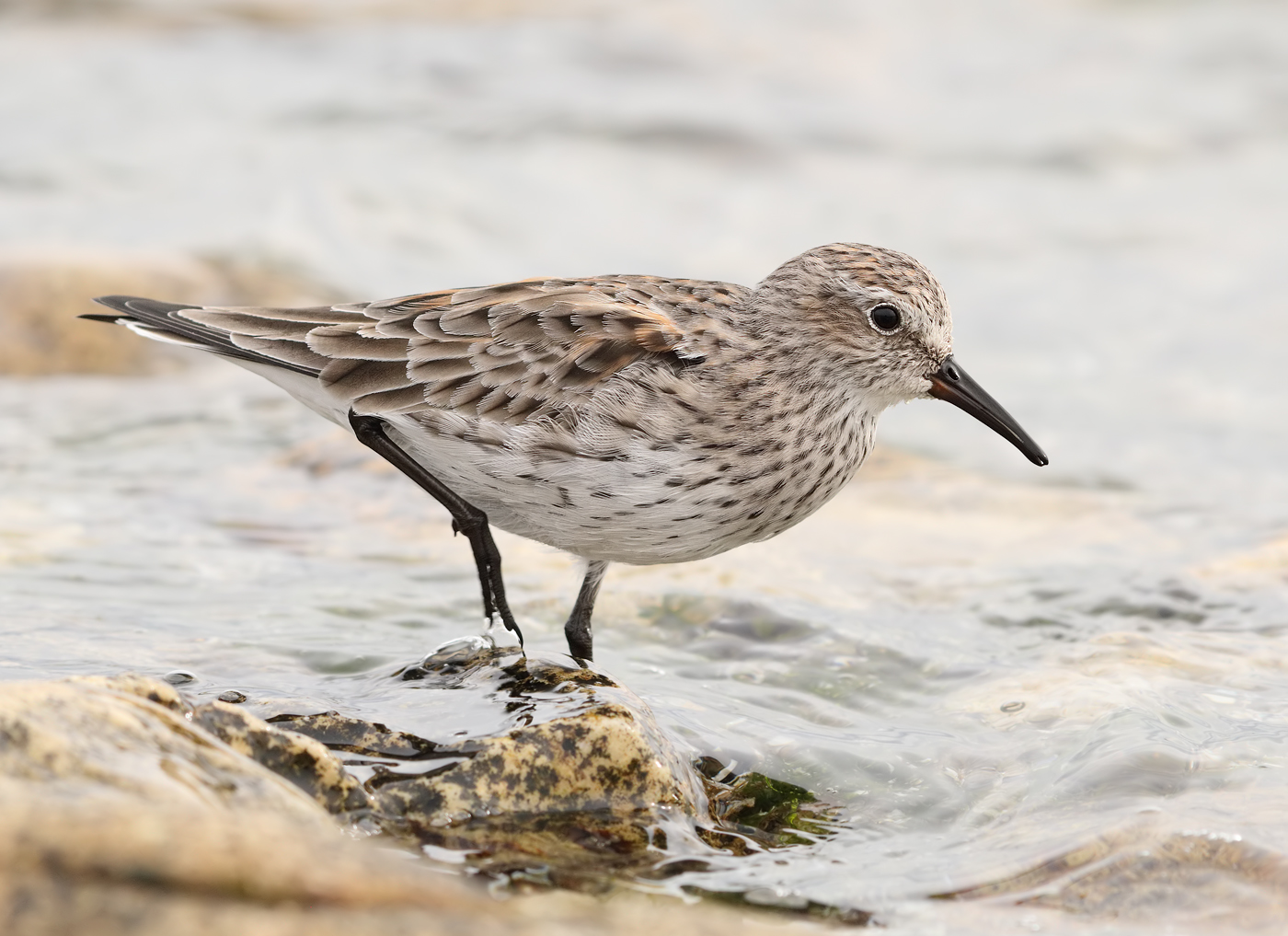


The bird remained on site during the 22nd July allowing many more birders to twitch it. It was also seen to fly over nearby stream (the border with Berkshire) giving a few Berkshire birders a county tick! At one time it flew over the grassy expanse of the common and landed. White-rumped Sandpiper – Dorney Common (photos copyright Dave Parmenter)īy the evening of the 21st July many local birders had seen the bird. Adam Bassett, who was one of the recipients of the photos, decided that the non-adult bird looked very interesting and that a visit was needed! Once arriving on site it was soon confirmed as a White-rumped Sandpiper, which is the first record of this species in Buckinghamshire.


As usual these days he took some photos and sent them to a number of other birders. This post has been submitted to Bird Photography Weekly #105.Dorney Common regular Dave Cleal was checking out the flooded part of the common early afternoon on 21st July when he came across two waders which he initially thought were an adult and juvenile Dunlin. The white rump is a very useful field mark because only the Curlew Sandpiper among small shorebirds also has a white rump. I’ll second that description and repeat my idea of renaming Calidris fuscicollis the Bad-ass Sandpiper.įorgive me my overindulgence here, but I really must share a few more shots.įinally, one last shot, one that shows the namesake rump. Pete Dunne points out that the White-rumped Sandpiper “Defends feeding territory aggressively, chasing other peeps away while vocalizing angrily.” Hopefully, after you see these pictures, all taken on one recent day at Jamaica Bay’s East Pond, you will want to see your own White-rumped Sandpiper. Although this small (7-8 inches) shorebird undertakes a remarkable long-distance migration each year, the White-rumped Sandpiper. If I am getting on a flight that will last just six hours I want medication and I don’t even have to do the flying! So, let’s cheer the White-rumped Sandpiper, a little shorebird that travels a long, long way to be mostly ignored by the world. (12,870+km) journey is covered in several nonstop flights that can last up to 60 hours and cover up to 2,500 miles (4,000 km). After all, its migration is one of the longest in the Western Hemisphere and, according to The Shorebird Guide, “A good portion of the 8,000+ mi. Heck, it should be on the cover of a box of Wheaties. It’s a shame though, because, really, the White-rumped Sandpiper should be familiar to everyone. Such is the curse of a bird too good at what it does to be rare and not colorful enough to be crowd-pleasing. Alas, it seems unlikely that anyone will ever listen to my suggestions for new bird names and the White-rumped Sandpiper will continue to migrate from northern Alaska and the Canadian Arctic to southern South America anonymously, noticed only by obsessives who try to see every bird every single year. Maybe the White-rumped Sandpiper is another bird that needs new marketing: everyone would want to check the Bad-ass Sandpiper, which would be just as appropriate a name and much cooler, off of their lists. Perhaps it is because they are seen as just another “peep” that they get no love, or perhaps, like with people, white rumps are just not considered attractive. I don’t know anyone who calls Calidris fuscicollis their favorite bird but they need a fan club because they certainly have a personality that should attract admirers. Their long wings extend past their tail and give them a sleek look even when they are in the midst of fattening up for their extremely long migration of over eight thousand miles. The White-rumped Sandpiper is an entertaining shorebird, aggressive and ornery, willing to chase other birds from the area it is feeding in no matter how abundant the food source is.


 0 kommentar(er)
0 kommentar(er)
